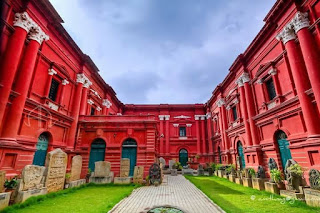
Economics can feel like a rollercoaster of extremes. On one side, you’ve got a mountain of theories from greats like Keynes and Smith, unraveling the mysteries of market forces at macro and micro levels. On the other, you’re neck-deep in mind-bending math and stats, where economics drowns in complex equations and endless data. Enter Levitt and Dubner with Freakonomics: A Rogue Economist Explores the Hidden Side of Everything, a book that fearlessly meets economics in the middle, stripping it down to its relatable core and making it understandable—even enjoyable—for the average reader.
Through an engaging blend of case studies and wit, Levitt and Dubner argue that economics, at its heart, is just a system of incentives and disincentives. And with this simple concept, they manage to connect the most unexpected dots. For instance, they highlight the curious similarities between schoolteachers and sumo wrestlers—both, as it turns out, have been known to bend the rules of the game to benefit themselves. And did you know drug cartels operate like McDonald's? Yep, Freakonomics compares their organizational structure to that of any savvy corporate entity, and it makes for fascinating reading.
The book even dives into controversial waters, like the assertion that legalized abortion significantly reduced crime rates in America—a claim that challenges popular beliefs. Levitt and Dubner also reveal how the Internet has thrown a wrench into "Information Asymmetry," leveling the playing field between experts (think doctors, lawyers, real estate agents) and everyone else. “Information is the currency of the Internet,” they write, illustrating how it efficiently shifts knowledge from those who have it to those who don’t—bad news for experts hoping to guard their secrets.
In short, Freakonomics is an incredible collection of insights from a self-described “economist who, instead of grand macro thoughts, prefers offbeat micro curiosities.” It’s economics for the curious, the skeptical, and the rest of us who just want to know how the world really works.



















